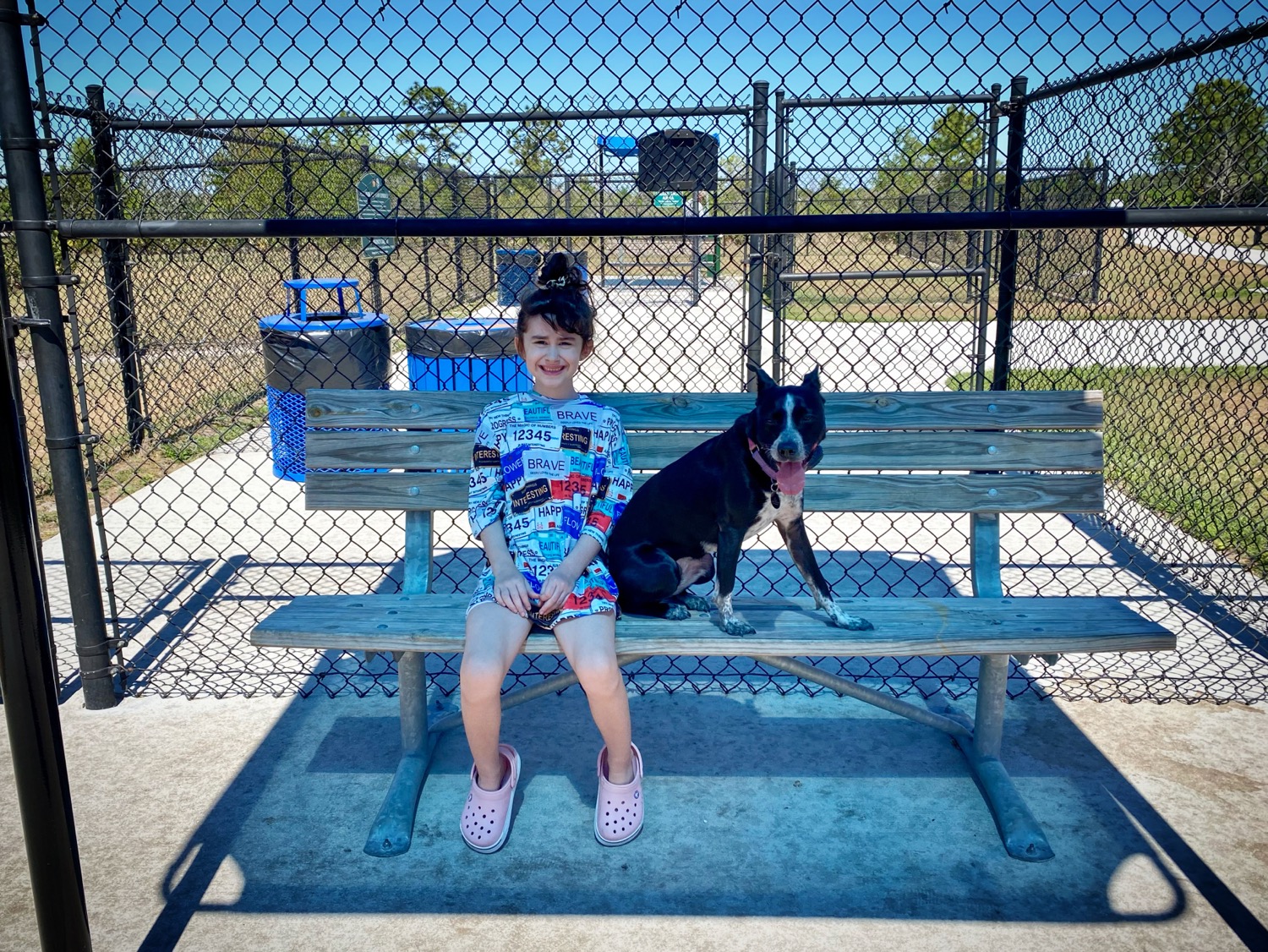The Art of Off-leash Training: Achieving Freedom and Control Simultaneously
- Jason Parks
- Oct 24, 2023
- 3 min read
Introduction Off-leash training is often viewed as the pinnacle of dog obedience. It represents a blend of trust, understanding, and meticulous training. For dog owners, the ability to command their dogs without the constraints of a leash is empowering. For dogs, the freedom to explore yet respond to commands is both enjoyable and liberating. This guide, presented by an established dog training business, delves deep into the world of off-leash training, illustrating its importance, benefits, and implementation.
1. The Importance of Off-leash Training
Enhanced Dog Safety: A dog that responds to commands off-leash is less likely to run into dangerous situations, like running onto a busy street or engaging with a hostile animal.
Building Trust: It reinforces the bond between the dog and the owner, as mutual trust is a cornerstone of off-leash training.
2. Prerequisites for Off-leash Training
Mastery of Basic Commands: Before attempting off-leash training, dogs should reliably obey basic commands like 'sit', 'stay', and 'come' while on-leash.
Consistent Recall: One of the most critical commands for off-leash training is recall. Dogs should return when called without hesitation.
3. Gradual Transition from On-leash to Off-leash
Start in a Controlled Environment: Begin training in a fenced area to ensure the dog's safety. It minimizes distractions and prevents the dog from wandering off.
Use a Long Line: Transition by using a long line or retractable leash, which gives dogs a feeling of freedom while still offering control.
4. Benefits of Off-leash Training
Increased Exercise and Exploration: Off-leash training allows dogs to roam more freely, enhancing their physical and mental stimulation.
Socialization Opportunities: Dogs can interact more naturally with other dogs and their surroundings when off-leash.
5. Off-leash Training Techniques
Positive Reinforcement: Just as with on-leash training, reward good behavior promptly with treats or praise.
Distraction Training: Introduce distractions in a controlled manner to teach dogs to obey even in stimulating environments.
Use of Training Collars: For some dogs, training collars can be an effective tool, especially during the initial stages of off-leash training.
6. Common Challenges and Solutions
Ignoring Recall: If a dog consistently ignores recall, revert to on-leash training and reinforce the command. Use high-value treats to incentivize compliance.
Overstimulation: Some dogs can become overly excited or distracted off-leash. Address this by gradually introducing distractions and reinforcing commands.
7. Safety First: Off-leash Etiquette
Respect Leash Laws: Only practice off-leash training in areas where it's legally allowed.
Awareness of Surroundings: Always be aware of the environment, including other dogs, people, and potential hazards.
Equip with Identification: Ensure dogs wear collars with up-to-date identification tags. Consider microchipping for additional security.
8. Continuous Reinforcement
Practice Makes Perfect: Off-leash skills should be practiced regularly to reinforce training.
Challenge the Dog: Over time, introduce new environments and distractions to further hone the dog's off-leash abilities.
9. Seeking Expert Guidance
Engage with Professionals: Dog training businesses often offer specialized off-leash training programs. These programs provide structured training regimens and expert insights.
Join Off-leash Groups: Engaging with other dog owners can provide socialization opportunities for dogs and share training tips and experiences.
10. The Long-term Benefits of Off-leash Training
Enhanced Bond: The trust required for off-leash training strengthens the bond between dogs and their owners.
Confidence Boost: Successfully navigating the challenges of off-leash training instills confidence in both the dog and the owner.
Holistic Development: Dogs become well-rounded, better socialized, and more in tune with their natural instincts.
Conclusion Off-leash training transcends mere command obedience. It encapsulates trust, understanding, and mutual respect. While it demands diligence, the rewards—both tangible and intangible—are monumental. With the expert guidance of dog training businesses, dog owners can unlock a new realm of freedom and control, ensuring their canine companions are not just well-trained but also well-adjusted, happy, and safe.




Comments